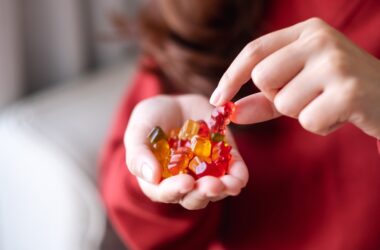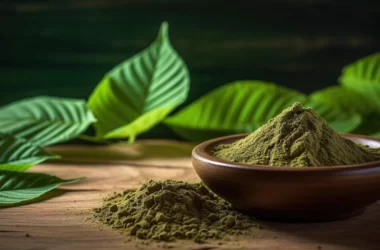Teeth whitening has become a very popular cosmetic procedure as more individuals want a truly radiant smile. So, how does teeth whitening work? Today’s comprehensive guide will shed light on the scientific background of teeth whitening treatments done by Leduc general dentist and how they kill the stains and whiten the enamel. Before delving into the teeth whitening process, it is worth understanding what causes them to stain.
Types:
There are two types of tooth stains: extrinsic and intrinsic.
Extrinsic stains develop from the outside of the tooth enamel and are caused by consuming dark foods and drinks, smoking and insufficient oral hygiene. Common examples of extrinsic stains are tea, tobacco, and red wine. On the other hand, intrinsic stains develop on the inside of the tooth’s structure and are occasionally caused by the aging of a well-applied tooth, trauma, medications, and extreme exposure to fluoride when teeth are still forming.
Methods:
Teeth Whitening works through the use of a bleaching agent to open the stains and free the color of teeth. There are several methods to bleach teeth permanently. One of the primary methods is conducted by a dentist, called in-office professional whitening, and the other one is a kit applied by an individual to bleach their teeth which is called an at-home whitening kit.
After the professional teeth whitening session, patients can see several shades of improvement, with the teeth seeming whiter almost instantly. It is noteworthy that more gradual lights are experienced in the following week.
At-home Kits: This kit is widely accessible and typically has a less concentrated bleaching agent than at dental surgery.
- Procedure: Whitening gel or strips are included in at-home kits; they are placed over the teeth, which break down the color of the enamel, making the teeth lighter within a few days or hours.
- Results: While the results may not be as quick as getting it done by a professional, the at-home kit can still provide a light, bright smile.
Safety Considerations: Although, if under the supervision of a professional or the product label provided, tooth whitening is risk-free; there are various risks that the following conditions may occur:
- Tooth Sensitivity: This can make your teeth more sensitive after whitening.
- Gum Irritation: Without a doubt, the gel can cause gum irritation. It is essential to place a rubber barrier on your teeth.
In conclusion, tooth whitening is a precise technique used to clean teeth using the bleaching agent, which lowers staining in the mouth. Whether used by a practitioner or at an in-home kit, if hygiene is not maintained, you will have a bright, white smile.






